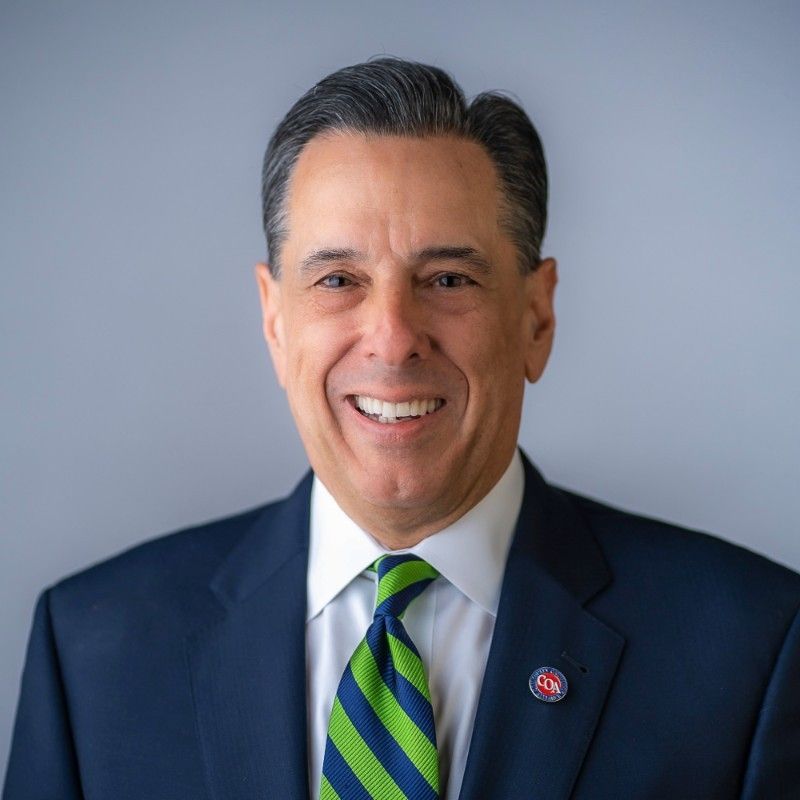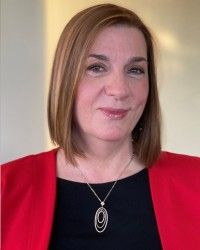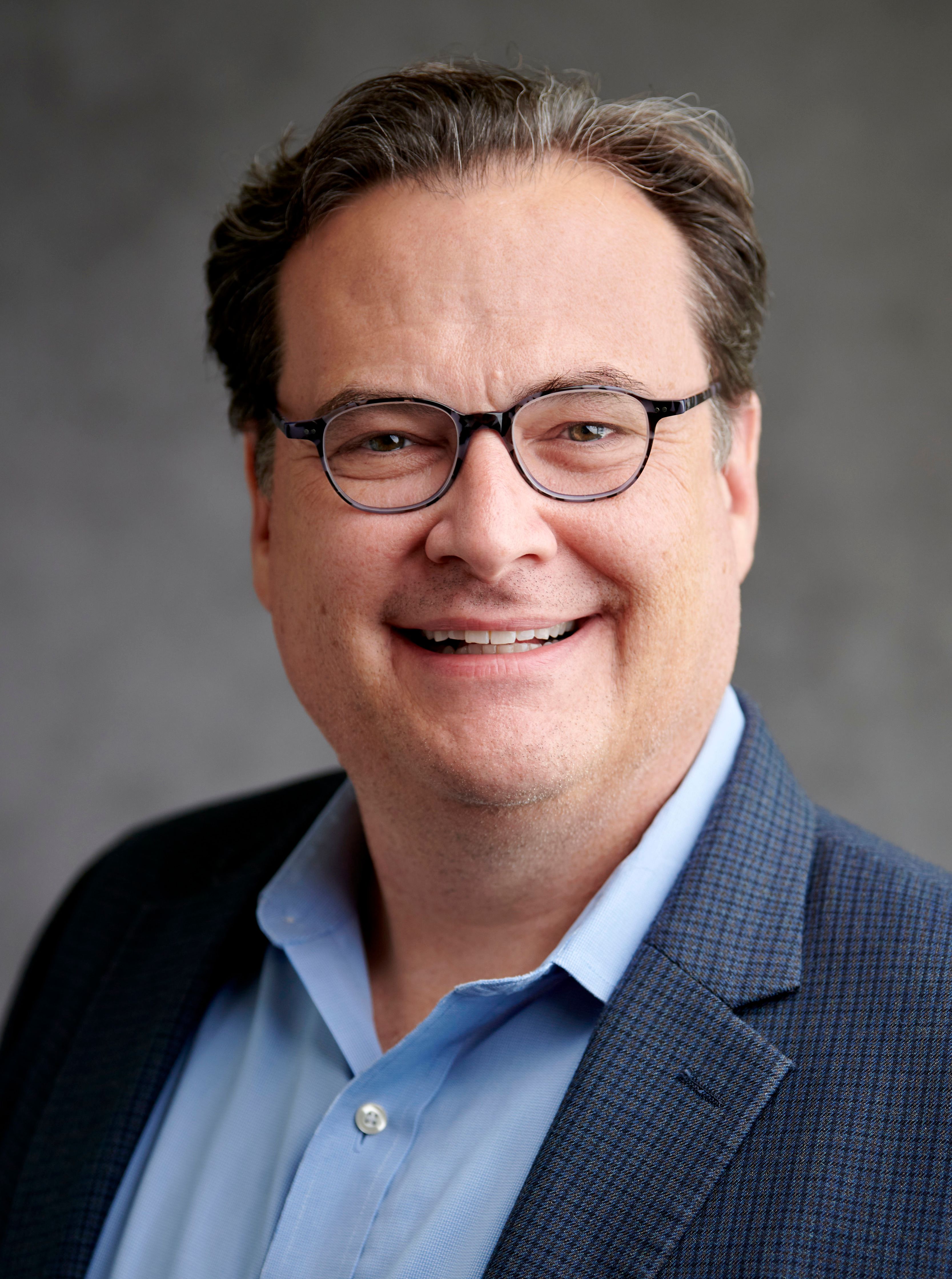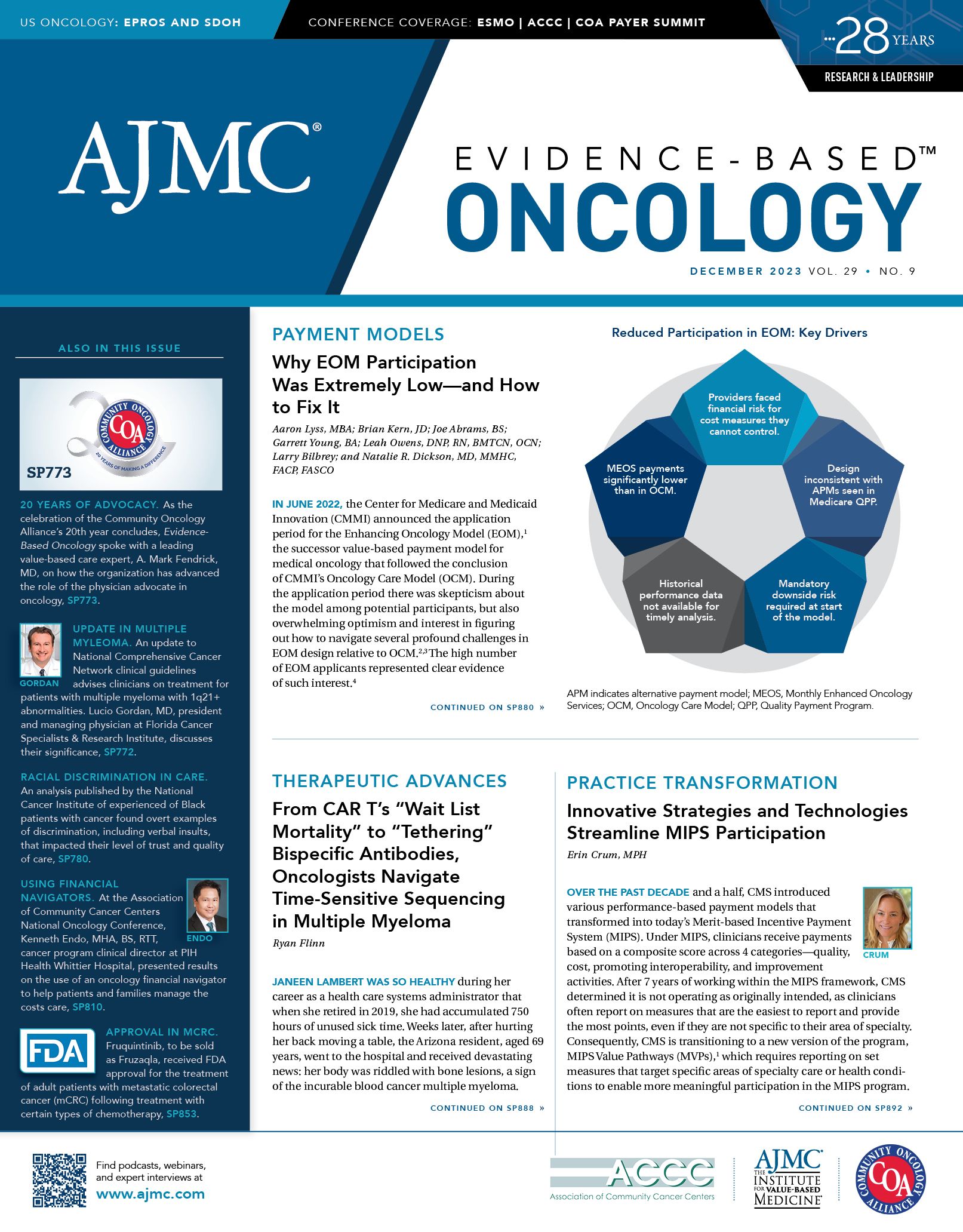- Center on Health Equity & Access
- Clinical
- Health Care Cost
- Health Care Delivery
- Insurance
- Policy
- Technology
- Value-Based Care
What’s the Early View of the EOM? Partners Offer Their Takes
The Enhancing Oncology Model (EOM), Medicare’s alternative payment model to replace the Oncology Care Model (OCM), launched July 1, 2023, after months of discussion about its benefits and potential
drawbacks. Editors of Evidence-Based Oncology (EBO) were curious how practices that opted into the model were faring in its early months, so we sought input from 3 leaders among our Strategic Alliance Partners during the Community Oncology Alliance (COA) Payer Exchange Summit, held October 23-24, 2023, in Reston, Virginia. A top takeaway from the meeting: there are discussions indicating that the Center for Medicare and Medicaid Innovation (CMMI) was disappointed that only 44 practices signed on to the EOM, and the agency may reopen the model to participation.
These interviews are edited lightly for clarity.
Ted Okon, MBA, COA executive director
EBO: From early feedback you have received, how are things going with the EOM?
Ted Okon, MBA | Image credit: COA

Okon: So, [we are] a little disappointed in the EOM participation, in that you only have 30 practices that were in the OCM that are participating in the EOM. I think that’s because CMMI really didn’t listen to us and to stakeholders in terms of what should be corrected and done differently. But, you know, it really has just started up. I know there have been some glitches in terms of some of the files and some of the data; that’s a little disappointing. But we’ll see. There are rumors that CMMI is going to open it up again, make some changes. I think if they’re going to open up again, the only way they’re going to attract some more practices is to make some changes along the lines of what we’ve told them. So, we’ll wait and see.
EBO: What elements must participating practices have to tackle the ever-changing challenges in cancer care?
Okon: The amazing thing…is that the government, in the form of the OCM, actually changed cancer care and payments. The OCM had a big impact on community practices, not only in terms of the Medicare population but the commercial population. And now, practices are innovating. They’re out there looking at different models of population health, capitation, the Oncology Medical Home.
And I think that…to not only survive but thrive…it’s essential for practices to innovate along the lines of payment reform by looking at different types of models and being paid for success, and really innovating along a number of different lines. And that’s exactly what we’re seeing now. What the OCM precipitated, it’s kind of interesting that they didn’t really continue the OCM, make some changes to the OCM—even though the EOM looks like the OCM—but we will see. But practices are actually doing a lot more in innovation and payment reform in oncology because of the OCM.
EBO: Can these strategies be seamlessly incorporated into the current health care system?
Okon: I think that what oncology is doing, and specifically independent community oncology practice, is really innovating in terms of how they deliver care. This isn’t just about payment; it’s about how they deliver care. The idea of staying open 24/7, of when a patient calls in and not getting an answering service but getting a nurse triage, is really key. Why? Because they all go toward not only improving outcomes for the patients but keeping patients out of the hospital, out of the emergency [department].
So, when…you step back, and you don’t just think about oncology but think about other areas in medicine, this is really a template of how it can be used. Because you don’t want the patient going into the hospital, going into the emergency [department]. Not only are they the places that a sick patient shouldn’t be, but basically they’re…higher-cost centers of care. If we can do more preventive work in terms of keeping patients out of the emergency [department], out of the hospital, and improving their outcomes, that’s what oncology practices are doing. And I think it has a lot of application in other areas of medicine.
Sibel Blau, MD, president, Quality Cancer Care Alliance; medical director, Northwest Medical Specialties, PLLC
EBO: In your view, how has the EOM empowered practices within the oncology community?
Sibel Blau, MD | Image credit: QCCA

Blau: As we all know, we have much less participation in the EOM; participation has been lower than expected by CMMI. But there are 44 practices with multiple sites [that] are involved with the EOM, and most of these practices were in the OCM, which means they already had the infrastructure in place for the practice transformation. This is what’s needed to provide better value-based care, and their patients already benefit from lower costs and higher-quality care as a result of these efforts.
Most of these practices do also have other alternative payment models going with their commercial payers and even with self-funded employers. So, as a result, there is already an infrastructure for these practices participating in the EOM. But what’s different in the EOM is that it’s a more selective patient population, and the EOM brought health equity/health-related social needs questions into the picture. [We are] using more technology to be able to screen and assess these patients and provide care as a result—[we’re] measuring treatment at a functional level. Now, I don’t know how this changes the dynamics in each practice that participates in the EOM, but every practice is trying to figure this out and working toward improving…the health equity plan in their practices in addition to what we already had been doing.
Lalan Wilfong, MD, senior vice president, payer and care transformation, The US Oncology Network
EBO: COA has been outspoken in its criticism of elements of the EOM. What are some elements of the EOM that can be optimized to keep quality, integrated, value-based cancer care in the community? What are some elements of the EOM that create challenges?
Lalan Wilfong, MD | Image credit: The US Oncology Network

Wilfong: The [EOM] has a lot of good things about it, and good things that [CMMI] is trying to do, such as electronic patient-reported outcomes, and social determinants of health and our need to screen and assist patients for that. There are criticisms; some of the main ones include the small [Monthly Enhanced Oncology Service] payments. It is very challenging to do the work that we need to do with the small amount of money that Medicare is giving us to fund those initiatives. As for the smaller patient population [covered by the model], although it’s good in one way that we’re focusing on the patients [who] are at the highest risk, it hurts practices and their ability to have a wide breadth of patients—so that we can provide services to all patients, not just those in the model.
The other thing that I don’t think people talk about as much is the impact on the Merit-based Incentive Payment System, or MIPS (See Cover). With the changing in quality thresholds for MIPS, practices in the EOM will not meet thresholds to have success in MIPS with the model the way it is currently designed. This is a true limitation, and it puts a greatly increased burden on the practices for doing both programs.
EBO: Is the EOM a true successor to the OCM?
Wilfong: EOM is definitely a successor to OCM. However, I don’t think that means that it will be a success. There are many good qualities about it, that [have been] described with the screening for social determinants of health and the focus on electronic patient-reported outcomes. It is challenging, though, to think that this will truly move the needle like OCM did in community oncology practices; because of the small payments, [practices] are going to be forced to only focus on those patients that are in the model. And it won’t impart the same changes and all-care management that the OCM was able to achieve.

Exploring Medicare Advantage Prior Authorization Variations
March 26th 2024On this episode of Managed Care Cast, we're talking with the authors of a study published in the March 2024 issue of The American Journal of Managed Care® about their findings on variations in prior authorization use across Medicare Advantage plans.
Listen
